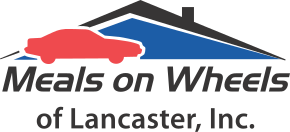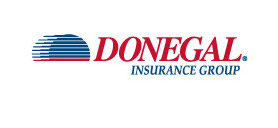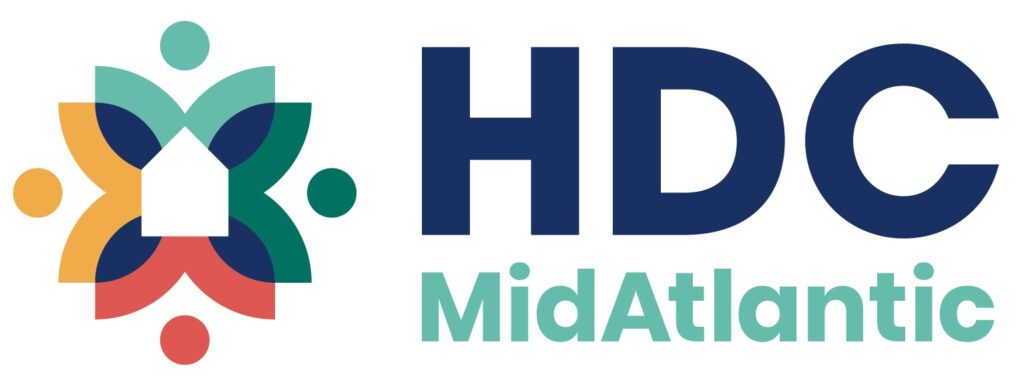“We know that tourism drives our local economy,” Mayor Danene Sorace said.
But that’s only one of the reasons City Hall is developing Lancaster’s first-ever tourism master plan, she told her audience at Hourglass’ December First Friday Forum.

Tourism elevates Lancaster’s diverse culture, she said. It supports historic preservation and promotes investment in public space, and it bolsters civic pride.
Lancaster is creating the 10-year tourism plan with help from consulting firm Eddy Alexander. The planning process which is taking about a year, is budgeted at $220,000, paid for with grants from the state Department of Community & Economic Development and the High Foundation.
Research for it kicked off this spring and included focus groups and an online survey. An initial draft of the plan has been prepared; it is expected to be finalized in the next two months or so.
On Friday, Sorace summarized the takeaways and the game plan that is taking shape.
For starters, survey respondents expressed a high degree of pride in Lancaster’s diversity, its walkable streetscapes, its arts community and its independent retailers. They feel the city is still somewhat left out of Discover Lancaster’s tourism marketing; going forward, they see opportunities to better promote local history and heritage, the arts and Lancaster’s remarkable culinary scene.
The city is expecting a huge boost from the opening next year of the Thaddeus Stevens & Lydia Hamilton Smith Center for History & Democracy, Sorace said. It will occupy Stevens’ former house and office on the block occupied by the Lancaster County Convention Center, which has not only seen business rebound since that pandemic, but has seen an uptick in “bleisure” travel — that is, taking an extra day or two before or after a business trip to relax and see the sights.
In 2026, the mayor said, Lancaster is looking forward to spillover tourism from two big events in Philadelphia: the soccer World Cup and the “Semiquincentennial,” the celebration of the 250th anniversary of America’s Declaration of Independence in 1776.
She acknowledged concerns that enhancing Lancaster’s appeal to visitors would come at the expense of those who live here, creating a city “just for tourists.” On the contrary, she said: “When we build a city that tourists like to visit, we also need to build a city that is for the residents … That’s what makes it authentic.”

Discover Lancaster actually markets the city more than people might realize, said Joel Cliff, its Director of Communications & Advocacy. Discover Lancaster and the city’s Lancaster Office of Promotion (LOOP) collaborate on a regular basis, a partnership that can expand further to meet the objectives the city plan identifies.
“We’re really looking forward to it,” he said.
What are the challenges in marketing Lancaster? It doesn’t really have a brand identity that’s separate from the county, Sorace said. It lacks a revenue stream for city-specific marketing efforts. And visitors who arrive at certain days or times may find there’s not a lot going on: Business operating hours are inconsistent, and there isn’t much open early in the week.
Audience members offered a range of suggestions: Make the downtown trolley available for tours, highlight the day Lancaster spent as the United States’ capital. Lancaster’s “10-hour house” could be a tourist attraction, suggested Hourglass Chairman Art Mann. He also proposed a counterintuitive marketing program, “Don’t think of Lancaster,” noting that a sure-fire way to make people think of something is to tell them not to.
Sorace said she’s heartened by the increasing sense of pride in Lancaster being expressed by city and county residents alike.
“We need to continue to build that,” she said, “because Lancaster, to me, should be the prize jewel for the whole county.”
(Editor’s Note: This article was updated Monday, Dec. 16, to add the embedded video.)






